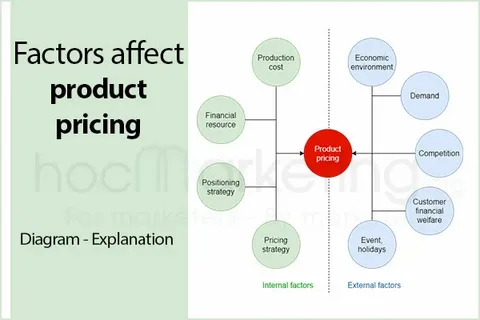Recladding a home is a significant project that can dramatically improve the look, energy efficiency, and safety of a property. However, for many homeowners, understanding the financial implications of recladding can be challenging. This article provides a comprehensive guide to recladding cost for homeowners, helping you make informed decisions about your property’s future.
What Is Recladding?
Recladding involves replacing or repairing the exterior cladding of a building. Cladding serves as the outer skin, protecting the structure from weather elements such as rain, wind, and UV rays. Over time, cladding materials can deteriorate, leading to potential damage and decreased home value.
Factors Influencing Recladding Cost
Several factors affect the overall cost of recladding, including:
1. Size of the Property
The larger the surface area to be reclad, the higher the material and labor costs.
2. Type of Cladding Material
Options range from vinyl, timber, brick, metal, to composite materials. Each comes with a different price point and maintenance requirement.
3. Condition of Existing Structure
If the existing cladding or wall requires repairs or reinforcement, this will add to the overall cost.
4. Labor and Installation Fees
Hiring experienced contractors is crucial for quality work, but skilled labor can be expensive depending on your location.
5. Additional Features
Insulation upgrades, new windows, or design elements can influence the final price.
Average Recladding Costs Homeowners Can Expect
On average, recladding costs can range widely based on the factors above. Generally, homeowners might expect:
- Basic vinyl or fiber cement recladding: $50 to $100 per square meter.
- Higher-end materials like timber or metal: $100 to $250 per square meter.
- Additional structural repairs and insulation can add 20-30% to the total.
Why Understanding Recladding Cost Matters
This comprehensive guide to recladding cost for homeowners ensures you’re aware of what to expect financially and prevents surprises down the road. Proper budgeting allows for better planning, ensuring you get the best materials and workmanship for your investment.
Tips to Manage Recladding Costs
- Get Multiple Quotes: Compare prices from different contractors to ensure competitive rates.
- Choose Materials Wisely: Balance aesthetics, durability, and cost when selecting cladding.
- Plan for Maintenance: Some materials are more costly upfront but cheaper to maintain.
- Check for Permits: Ensure all local building permits and regulations are met to avoid fines.
Conclusion
Recladding is a major home improvement project that requires careful financial planning. This article serves as a comprehensive guide to recladding cost for homeowners, helping you understand the key factors influencing price and how to manage them effectively. With the right knowledge, you can enhance your home’s appearance, value, and protection without unexpected expenses.




